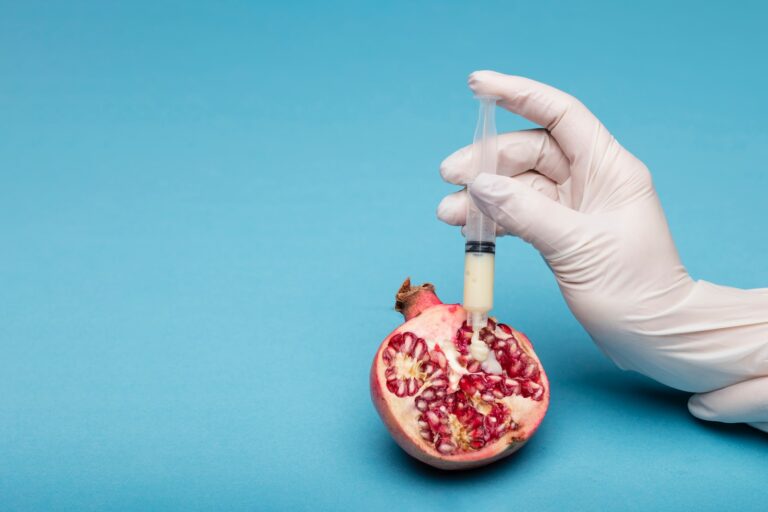Whether you’re trying to get pregnant or not, it’s important to understand how sperm fertilizes an egg. Sperm that are ejaculated live only for minutes or hours, and most do not survive long enough to reach and fertilize an egg (Bibov, 2018).
Sperm cells are suspended in seminal fluid, and they wave their tails like swimmers to propel themselves. Sperm that combine with an egg carry half of a person’s chromosomes, creating a zygote.
How do sperm get to the uterus?
If you’re having trouble getting pregnant, it may help to understand a little bit about how sperm work. Sperm are small, oval-shaped cells that compete against each other to fertilize an egg. To do this, they must travel squirmingly through the female cervix, uterus, and fallopian tubes. This journey is more like a military obstacle course than a standard race.
The first step of this journey begins when sperm are discharged from the penis, usually during sex. On average, men release 2-6 milliliters (mL) of semen each time they ejaculate. Semen is thick to start with, but it becomes thinner about a minute after ejaculation. This change is known as coagulation, and it helps the sperm to swim more easily.
Once sperm reach the vagina, they begin swimming toward the egg. They encounter an egg that is coated in sticky cells, which help it to resist sperm. After a few more moments, the egg and sperm merge and fertilize. The fertilized egg then moves toward the uterus, where it eventually implants in the lining of the womb and causes pregnancy hormones to be released.
If you’re having difficulty conceiving, artificial insemination may be an option for you and your partner. In this case, the number of sperm matters less than their motility and shape. The fertility specialists at the American Fertility Center can explain this process in further detail.
How do sperm get to the egg?
Sperm enter the woman’s body through a small opening in the vaginal wall called the cervix. Inside the body, a sperm can live for up to 5 days. Once sperm reach the egg, they must pass through a series of physical and chemical barriers to fertilize it.
To get to the egg, sperm must first pass through the cervix. For this to happen, they need to have a certain type of swimming motion called progressive motility.
The higher the percentage of sperm with this type of motility, the more likely it is that one or more will reach the egg and fertilize it. During this stage, sperm are also preparing for their journey through the female reproductive tract by undergoing capacitation.
Once a sperm makes it past the cervix, it must pass through a thick layer of cells called the zona pellucida. To do this, it binds to the zona and triggers an enzyme called the acrosome reaction. The acrosome reaction breaks down the zona pellucida so that sperm can tunnel through it and contact the egg’s plasma membrane.
Once sperm reach the egg, they need to break through a series of cells known as the cumulus oophorus that surround the egg (1,2). Then they must penetrate the inner membrane of the egg cell and essentially “break through” the nucleus of the egg. Once they make it through, sperm and egg fuse to form a single fertilized egg (1,3).
How do sperm fertilize an egg?
Sperm cells are made in the testicles and mix with other fluids to become semen, which comes out of a man’s penis during ejaculation. Millions of sperm cells are discharged each time a guy ejaculates, but only one sperm cell can fertilize an egg and cause pregnancy.
To reach the egg, sperm must first travel up through the woman’s cervix and into her fallopian tubes. It’s a long journey, and for every sperm that successfully enters an egg, there are millions that don’t make it.
The number of sperm that make it to the egg and how quickly they can do so is affected by several factors. One of the most important is movement, or motility. The way sperm move is determined by the shape of their head and tail, called morphology. The more sperm with a normal shape, the better their chance of fertilizing an egg.
Another factor is how thick the semen is. If it’s too thick, it can reduce the concentration of sperm available for fertilization. Finally, a woman’s hormones influence how receptive her body is to sperm, and fertility can decline as she gets older. Having sex just before a woman ovulates can improve the odds of fertilization. In fact, researchers have found that it’s most likely for a fertilized egg to implant in the uterus if sex is had within five days of the day she ovulates.
How do sperm fertilize a uterus?
A man can ejaculate between 40 million and 150 million sperm at a time, which then start swimming upstream toward the cervix and the fallopian tubes on their mission to fertilize an egg. They’re propelled by body heat, chemical signals, beating cilia and muscular contractions of the uterus (possibly from sex). But only about 40% of the sperm in ejaculate actually move and swim fast enough to reach the egg. And only one of those sperm, if lucky, will penetrate the egg and fertilize it.
The fertilized egg, now a zygote, makes its way down the fallopian tube and into the uterus, where it will eventually implant and grow to form a baby. Around six days after sex, the zygote starts releasing human chorionic gonadotropin (hCG), which shows up on a home pregnancy test.
There are many factors that determine whether sperm can get to and fertilize an egg, including their shape, motility (swimming ability) and number. A man’s age can also play a role, as sperm become less motile and have fewer sperm cells over time. For artificial insemination, which uses eggs and sperm prepared outside the body, the amount of sperm is not as important as their motility and shape. The same is true for natural, unprotected sex, although the amount of sperm discharged after unprotected sex can affect fertility.
See Also:






